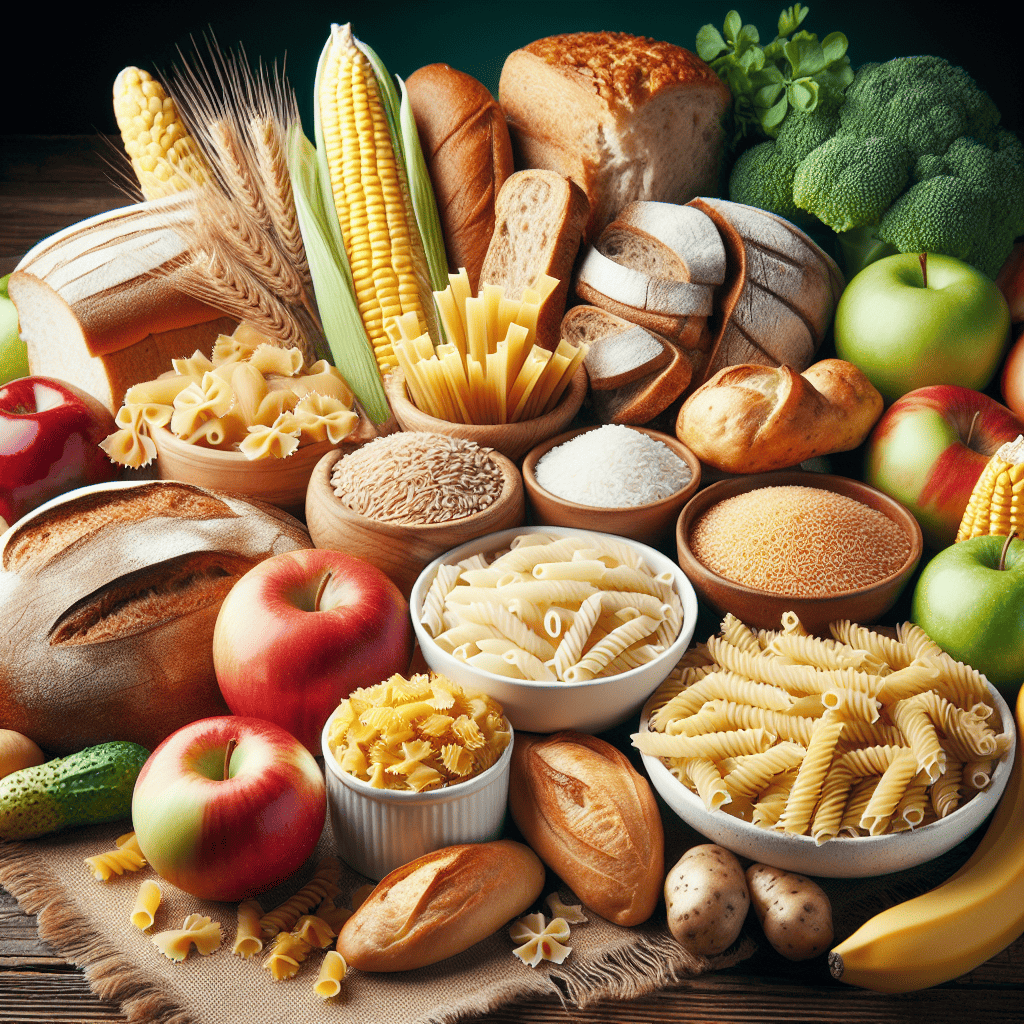Introduction: Talbina, also known as barley soup, is a highly nutritious food that offers various health benefits, especially for children. In this comprehensive guide, we will delve into the advantages of talbina for children, methods of preparation, and the suitable age for its introduction to babies.
Table of Contents
Benefits of Talbina for Children
Discover the numerous health benefits that talbina provides for children.
- Getting Rid of Constipation and Solving Bloating Issues:
Talbina, a popular food known for its high fiber content, plays a vital role in supporting healthy digestion. The fiber present in talbina aids in regulating bowel movements and preventing constipation. By promoting the growth of beneficial gut bacteria, talbina contributes to improved gastrointestinal health. Additionally, the high fiber content in talbina provides a feeling of fullness, making it a satisfying and wholesome choice for those looking to maintain a healthy digestive system.
For infants, talbina presents itself as a beneficial option to support their growth and development. The high fiber content can help reduce feeding frequency by keeping the baby full for longer periods, which in turn may promote healthy weight gain and development. Furthermore, talbina’s nutritious qualities offer an advantageous alternative to conventional baby foods. By aiding digestion and providing essential nutrients, talbina can be a valuable addition to an infant’s diet, contributing to their overall well-being and growth.
In essence, talbina’s digestive benefits extend to people of all ages, providing a natural and effective way to support gastrointestinal health. Whether it is regulating bowel movements, preventing constipation, or promoting the growth of beneficial gut bacteria, the high fiber content in talbina can play a significant role in maintaining a healthy digestive system. From infants reaping the advantages of reduced feeding frequency and healthy growth to individuals seeking a nutritious alternative to support digestion, talbina stands out as a versatile and beneficial food choice.
- Promoting Healthy Digestion and Satiety in Children:
Talbina, a food rich in fiber, offers numerous benefits for digestion and overall health. The fiber content in talbina aids in promoting healthy digestion by supporting regular bowel movements and reducing the risk of digestive issues such as constipation. Additionally, fiber helps in promoting a feeling of fullness after meals, which can be particularly beneficial for those looking to manage their weight or prevent overeating. By introducing talbina into one’s diet, individuals can experience improved digestive health and a reduced likelihood of gastrointestinal problems.
When it comes to infants, incorporating talbina into their diet can have a positive impact on their growth and development. The gentle nature of talbina on infants’ stomachs makes it a suitable choice for introducing solids into their diet. Furthermore, the nutrient profile of talbina is rich, providing growing infants with essential vitamins and minerals that are crucial for their overall well-being. By regulating appetite and preventing overeating, talbina can help infants establish healthy eating habits from a young age, setting a foundation for proper nutrition and growth.
In children’s nutrition, talbina stands out as a valuable addition due to its easy digestibility and nutritional benefits. The combination of fiber, essential nutrients, and digestibility makes talbina a wholesome option for children’s meals or snacks. By incorporating talbina into their diet, children can benefit from improved digestion, reduced risk of digestive issues, and a sustained sense of fullness that can aid in managing hunger and cravings. Overall, talbina serves as a nutritious and gentle option to support children’s health and well-being through its positive effects on digestion and appetite regulation.
How to Prepare Talbina for Children
Explore the different methods of preparing talbina to ensure a nutritious meal for children.
- Malt Powder Soup Recipe:
To make a delicious malt powder soup, start by combining malt powder, milk, water, and optional sugar in a saucepan. This simple recipe is not only easy to prepare but also offers a delightful and nutritious meal option. By mixing these ingredients and heating them in a saucepan, you are creating a creamy and flavorful soup base.
As the mixture heats up, be sure to whisk continuously to dissolve any lumps and ensure a smooth consistency. Adjust the thickness of the soup by adding more malt powder if needed. The addition of sugar can provide that extra touch of sweetness to balance out the flavors. Additionally, pouring in more milk while the mixture is simmering can help achieve the desired texture and creaminess for the soup.
Once the malt powder soup is cooked to perfection, serve it hot and garnished with a sprinkle of extra malt powder on top. This final touch not only adds visual appeal but also enhances the overall malt flavor of the dish. Enjoy this comforting and satisfying soup as a standalone meal or pair it with a side of bread or crackers for a more filling experience. With its rich taste and nutritional value, malt powder soup can be a creative and wholesome addition to your menu.
At What Age Can a Child Be Fed Talbina?
Learn about the suitable age to introduce talbina to children and important considerations.
- Introduction to Talbina for Infants:
Talbina, a porridge-like dish made from barley, is a popular choice for introducing solids to infants aged 4 to 6 months. This nutritious meal is gentle on the stomach and easy to digest, making it perfect for the delicate digestive systems of young babies. Its soft texture and mild taste also appeal to babies who are just starting to explore solid foods, helping in the transition from a liquid diet to more substantial meals.
One crucial consideration when preparing talbina for infants is to avoid adding honey to the dish, especially for babies under one year old. Honey can pose a serious risk of botulism in infants as their digestive systems are not fully developed to handle certain spores that may be present in honey. Therefore, it is essential to be cautious and follow expert recommendations when preparing talbina for young children to ensure their safety and well-being.
As infants continue to grow and develop, talbina can serve as a valuable addition to their diet. Barley, the main ingredient in talbina, is rich in essential nutrients and provides a good source of energy for growing babies. However, it is important to introduce talbina gradually while monitoring for any signs of allergies or sensitivities. By incorporating talbina into a child’s diet in a careful and thoughtful manner, parents can help support their child’s health and nutrition as they progress through different stages of development.




